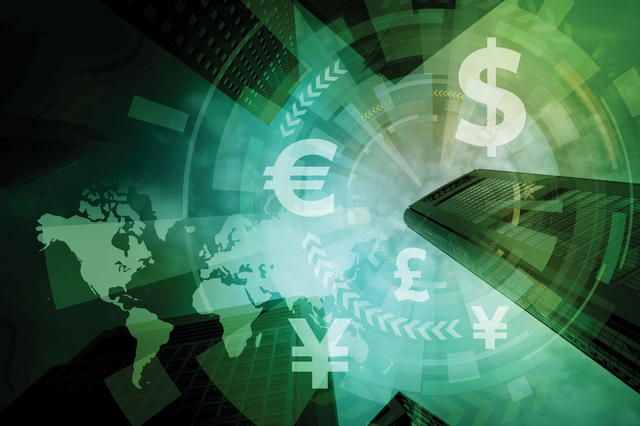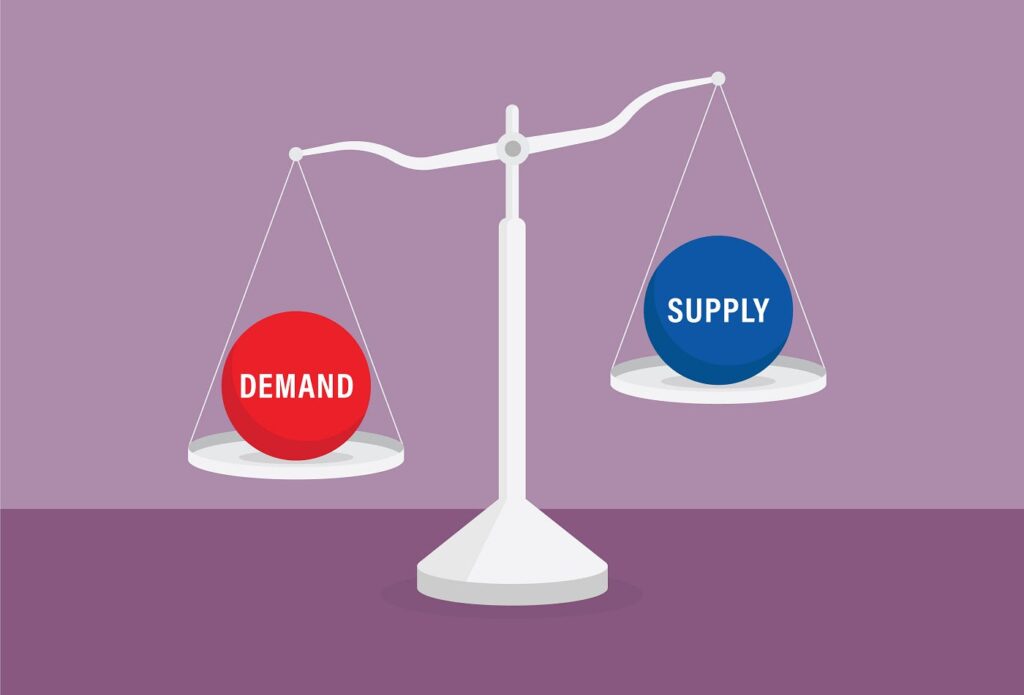The global economic landscape is on the cusp of a profound transformation. As we move through the 2020s, a convergence of technological innovation, shifting geopolitical dynamics, and evolving societal priorities is setting the stage for a new decade defined by both immense opportunity and significant risk. Understanding the underlying megatrends shaping the next decade is critical for policymakers, business leaders, and investors seeking to navigate this complex future.
🚀 The Digital Acceleration and the Automation Wave
The most immediate and powerful force reshaping global economics is the relentless acceleration of digital technologies.
The AI Revolution
Artificial Intelligence (AI) is transitioning from a niche technology to a foundational infrastructure for global commerce. The next decade will see AI permeate every sector, from advanced manufacturing and drug discovery to personalized services and public administration. This integration is driving an unparalleled wave of automation, particularly in white-collar, knowledge-based jobs. While this will dramatically increase productivity, it also presents a significant challenge: the need for massive reskilling and the potential for increased income inequality. Creative destruction—the process by which innovation makes existing skills and industries obsolete—will operate at an unprecedented pace.
The Data Economy as a New Natural Resource
Data has firmly supplanted oil as the world’s most valuable resource. The future economy will be defined by those entities that can efficiently collect, process, and monetize vast, real-time datasets. This shift reinforces the power of major technology platforms but also fuels a growing demand for data governance, privacy regulations (like GDPR), and ethical AI frameworks to prevent data monopolies from stifling competition. The competitive edge will belong to nations and companies that can balance innovation with robust data ethics.
🌍 Geopolitics, Decoupling, and the New Trade Order
The post-Cold War era of seamless globalization is drawing to a close, giving way to a more fragmented and regionalized economic structure.
From Global Supply Chains to Resilient Regional Networks
The COVID-19 pandemic and subsequent geopolitical tensions (particularly between the U.S. and China) exposed the fragility of hyper-efficient, “just-in-time” global supply chains. The trend for the next decade is a pivot towards “just-in-case” resilience. This involves:
- Friend-shoring: Sourcing critical goods from geopolitical allies.
- Near-shoring/Reshoring: Moving production closer to home markets.
- Duplication: Maintaining dual supply chains in different regions to mitigate single-point failure risks.
While this shift increases cost, it prioritizes security and stability over raw cost-efficiency, fundamentally altering the calculus of international trade.
The Bifurcation of Technological Standards
A key element of geopolitical competition is the race for technological supremacy, leading to a potential decoupling in critical areas like 5G infrastructure, semiconductor manufacturing, and quantum computing. The global economy may split into distinct technological ecosystems, forcing multinational corporations to adopt different standards, hardware, and operating systems depending on the region they operate in. This “tech cold war” introduces complexity but also spurs localized innovation efforts.
♻️ The Green Transition and Sustainable Finance
The imperative to address climate change is no longer just an environmental concern; it is a fundamental driver of economic policy and investment.
The Energy Revolution
The next decade will be characterized by massive, public and private capital investment in the decarbonization of energy production. This includes the rapid scaling of solar, wind, and green hydrogen, coupled with significant upgrades to electrical grids and energy storage technology. This creates entirely new sectors and a massive demand for raw materials like lithium, cobalt, and rare earth elements, introducing new supply chain risks that are often intertwined with geopolitical interests.
ESG as Mainstream Investment Strategy
Environmental, Social, and Governance (ESG) factors are moving from a niche consideration to a core component of financial risk assessment. Investors and regulators increasingly recognize that poor environmental practices or weak governance pose material financial risks. Companies that successfully embed sustainability into their core strategy will attract cheaper capital and higher valuations, while those that fail will face divestment and regulatory hurdles. The rise of Sustainable Finance means that capital allocation decisions are directly contributing to the shape of the physical economy.
📊 Demographics, Debt, and the Emerging Market Shift
Underlying the technological and geopolitical shifts are deep-seated demographic and fiscal pressures.
The Aging Global North and the Youthful Global South
Many developed economies (Europe, Japan, and increasingly China) face the twin challenges of aging populations and shrinking workforces. This strains public finances (pensions, healthcare) and slows potential economic growth. Conversely, much of the Global South, particularly Africa and parts of South Asia, is home to a rapidly growing, youthful population. The future global labor force and consumer base will increasingly be centered in these emerging markets. Investing in the education and infrastructure of these regions is crucial for unlocking global growth potential.
The Debt Challenge
The massive fiscal stimulus deployed during the 2008 financial crisis and the COVID-19 pandemic has resulted in historical levels of public and private debt across the globe. Higher interest rates, deployed to combat inflation, make servicing this debt increasingly expensive. The next decade will require painful fiscal adjustments, potentially leading to a period of lower public spending and higher taxes in many countries, and raising the specter of sovereign debt crises in the most vulnerable nations.
💡 Conclusion: Navigating the Poly-Crisis
The global economic future is not shaped by a single force but by the interaction of these concurrent trends—a “poly-crisis” of technological disruption, geopolitical rivalry, climate urgency, and fiscal strain.
Success in the next decade will hinge on the ability to embrace dynamic adaptation. Policymakers must focus on human capital investment (reskilling the workforce), fostering resilient trade networks, and creating stable regulatory environments that encourage sustainable, long-term investment. The era of predictable, linear growth is over. The future of global economics is one of speed, complexity, and constant re-evaluation, demanding agility and foresight from all participants.




